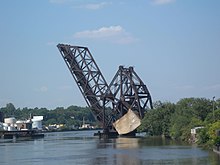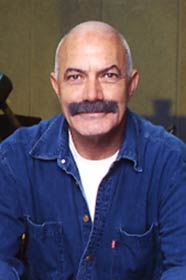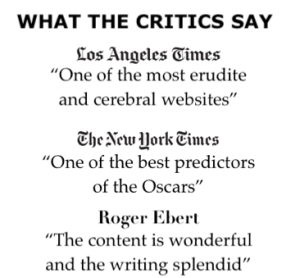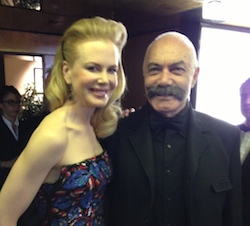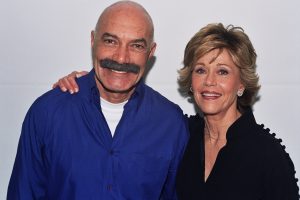After winning a bidding war with Paramount, Columbia purchased the rights to the Broadway musical Annie for $9.5 million.
Producer Ray Starke wanted both Huston and Joe Layton (as director and choreographer, respectively) to also be the exec-producers, because it was too large an enterprise for one person.
This was Huston’s only musical in his 40-year directing career. screenwriter Carol Sobieski recalled: “Hiring Huston is an outsider risk, and Ray’s Stark major gambler. He loves this kind of high-risk situation.”
The film cost over $35 million (s0me claimed $59 million, after marketing and distribution), making it one of the most expensive films at the time, and Columbia’s most expensive project to date.
Sobieski introduced major differences between the stage musical and the film. In the stage musical, it is Xmas when Miss Hannigan, Rooster and Lily are caught at the Warbucks mansion by the US Secret Service, thus foiling their plan to kidnap Annie.
But in the film (due to summer shooting) Annie is kidnapped and on the eve of July 4, leading to Warbucks organizing a citywide search and a climactic ending on the B&O Bridge.
Punjab and The Asp, Warbucks’s servants/bodyguards, from the original comic strip, appear in the film in supporting roles.
Miss Hannigan’s redemption at the end is also new idea in the movie Miss Hannigan briefly balks at Rooster’s intention to make Annie “disappear” with his switchblade, but is soon lured by his promises of a life on Easy Street.
In Meehan’s 1980 novelization, Miss Hannigan shows no qualms whatsoever about Annie being killed. In both of these media, Miss Hannigan ends up being arrested alongside Rooster and Lily at the Warbucks mansion.
The film also featured 5 new songs, “Dumb Dog”, “Sandy”, “Let’s Go to the Movies”, “Sign” and “We Got Annie”, and cut “We’d like to Thank You, Herbert Hoover”, “N.Y.C”, “You Won’t Be an Orphan for Long”, “Something Was Missing”, “Annie” and “New Deal for Christmas”. In addition, the song “Maybe” has two reprises whereas “Little Girls” and “Easy Street” do not.
Martin Charnin, the lyricist of Annie, dismissed the adaptation and its production: “The movie distorted what this musical was, and we were culpable for the reason that we did not exercise any kind of creative control because we sold the rights for considerable amount of money.”
Charnin said that Huston, who had never directed a musical, and producer Stark made changes that destroyed the essence of Annie.
Warbucks, played by Finney, “was an Englishman who screamed.” Hannigan, played by Burnett, was “a man-crazy drunk,” and Annie was “cute-ed up.”
Worse, the emotional relationship between Annie and Warbucks was distorted. They even downplayed the hit song “Tomorrow” because “Stark thought it was corny.”
Filming
Wilson Hall, at Monmouth University campus, New Jersey, was used as the exteriors of Oliver Warbucks’s mansion.
Principal photography took place in 1981 over the course of 6 weeks at Monmouth College, now Monmouth University, in West Long Branch, New Jersey, with two mansions used in the film, one of which is the Shadow Lawn Mansion.
The NX Bridge, an abandoned railroad bridge over the Passaic River in Newark, was used for shooting of one of the climactic scenes.
Some street sets were filmed at Warner Burbank Studios.
Production designer Dale Hennesy overhauled the old “Tenement Street” back lot set at Warner Bros. by outfitting many of the New York styled apartment and store front facades with actual New York fire escapes and other treatments specifically brought in for this production.
Hennesy died during filming and the back lot set was renamed “Hennesy Street” in honor of the late production designer.
The song “Easy Street” was going to be the film’s biggest musical number. A specially-created outdoor street set was built, costing more than $1 million. It took one week to shoot the scene, but the scene was considered to be “overstuffed” and “sour.” Thus, a re-shoot was undertaken two months after principal filming had been completed. The scene was replaced with version shot indoors in style that mimicked the ambience portrayed in the original stage musical.
The lyrics are written by Martin Charnin; The music composed by Charles Strouse.

